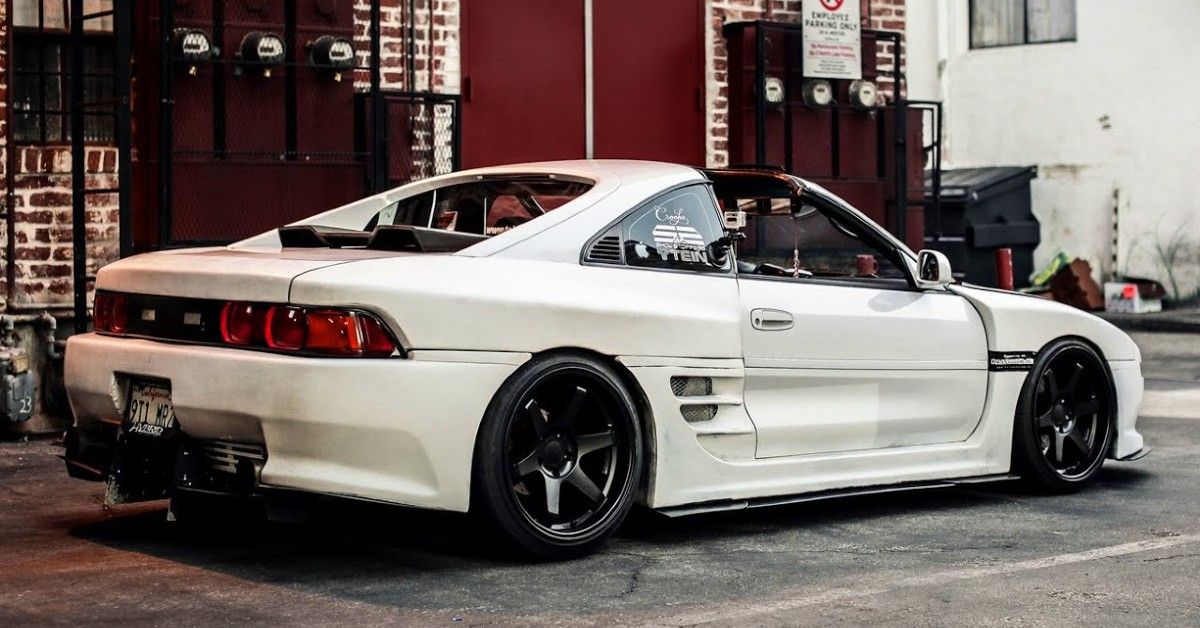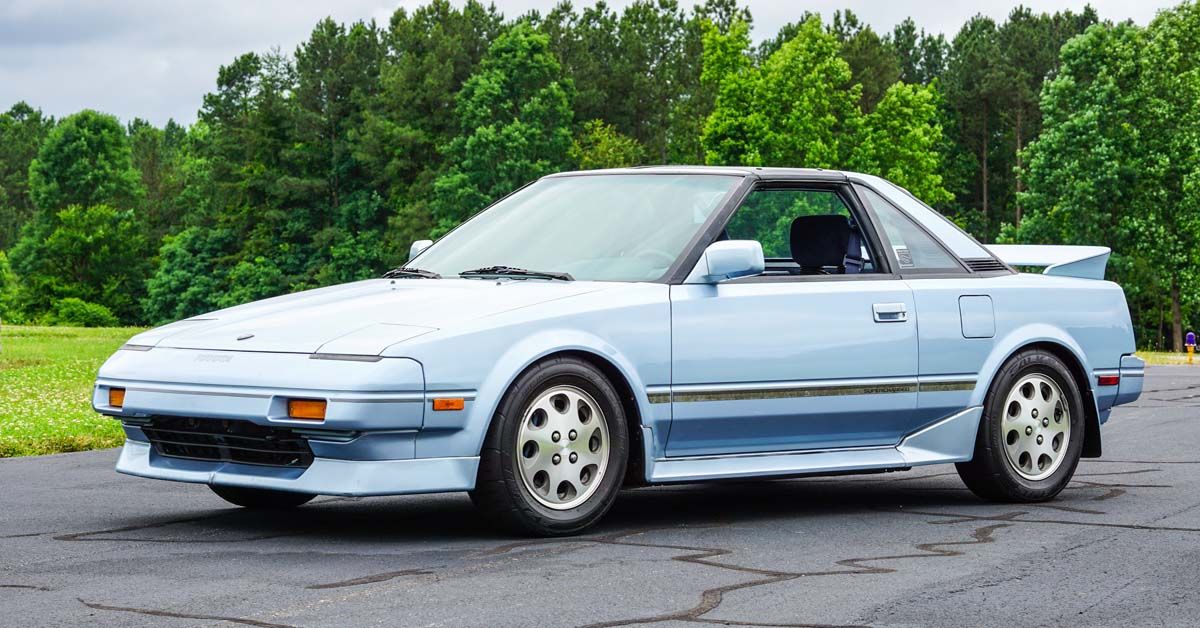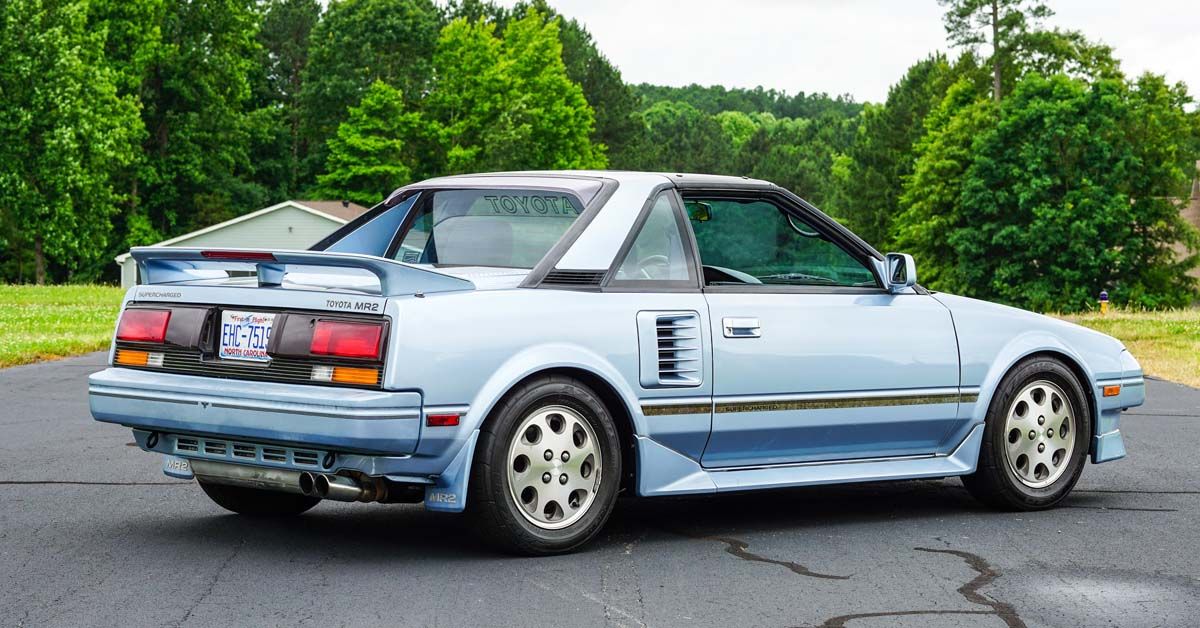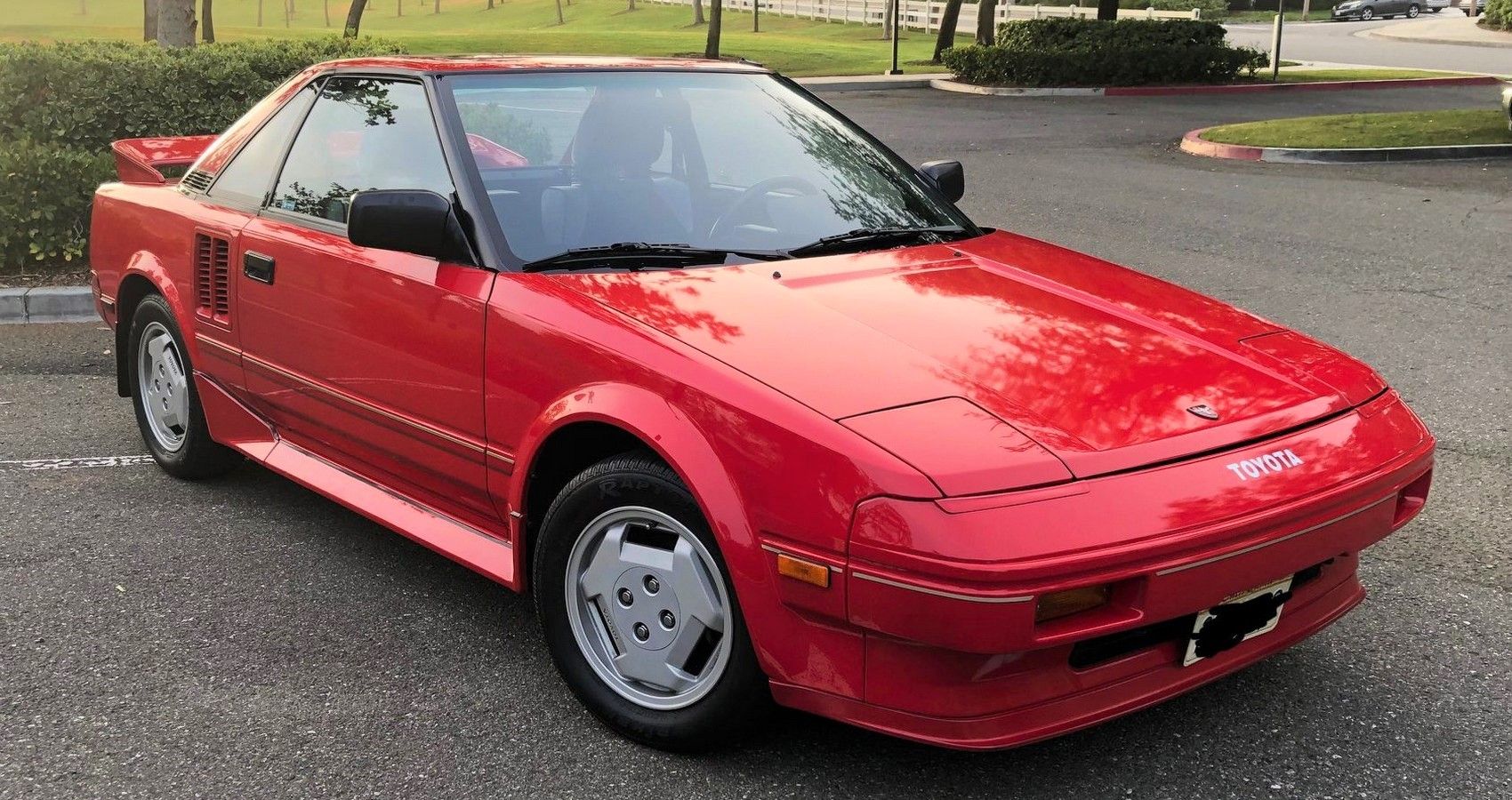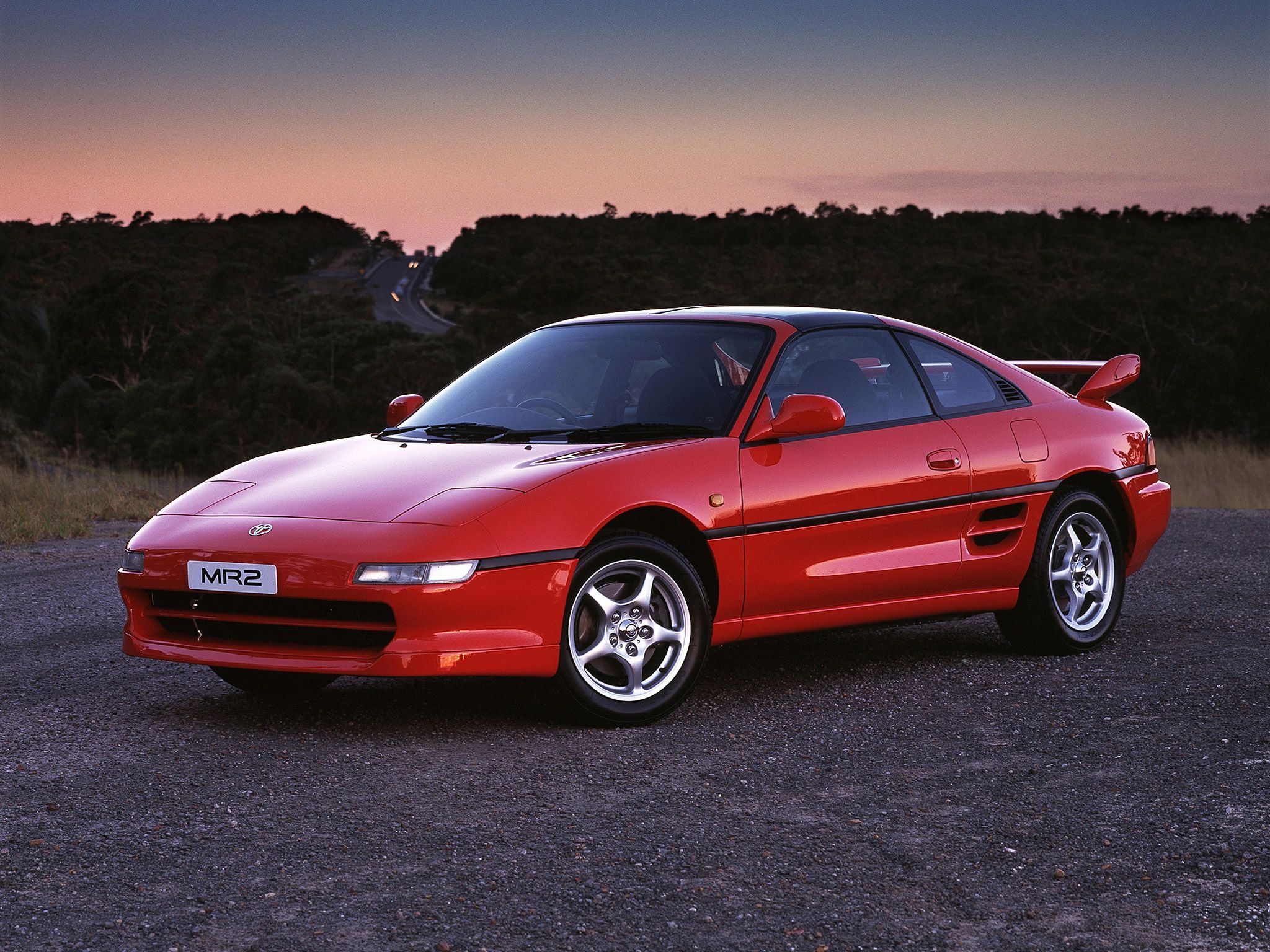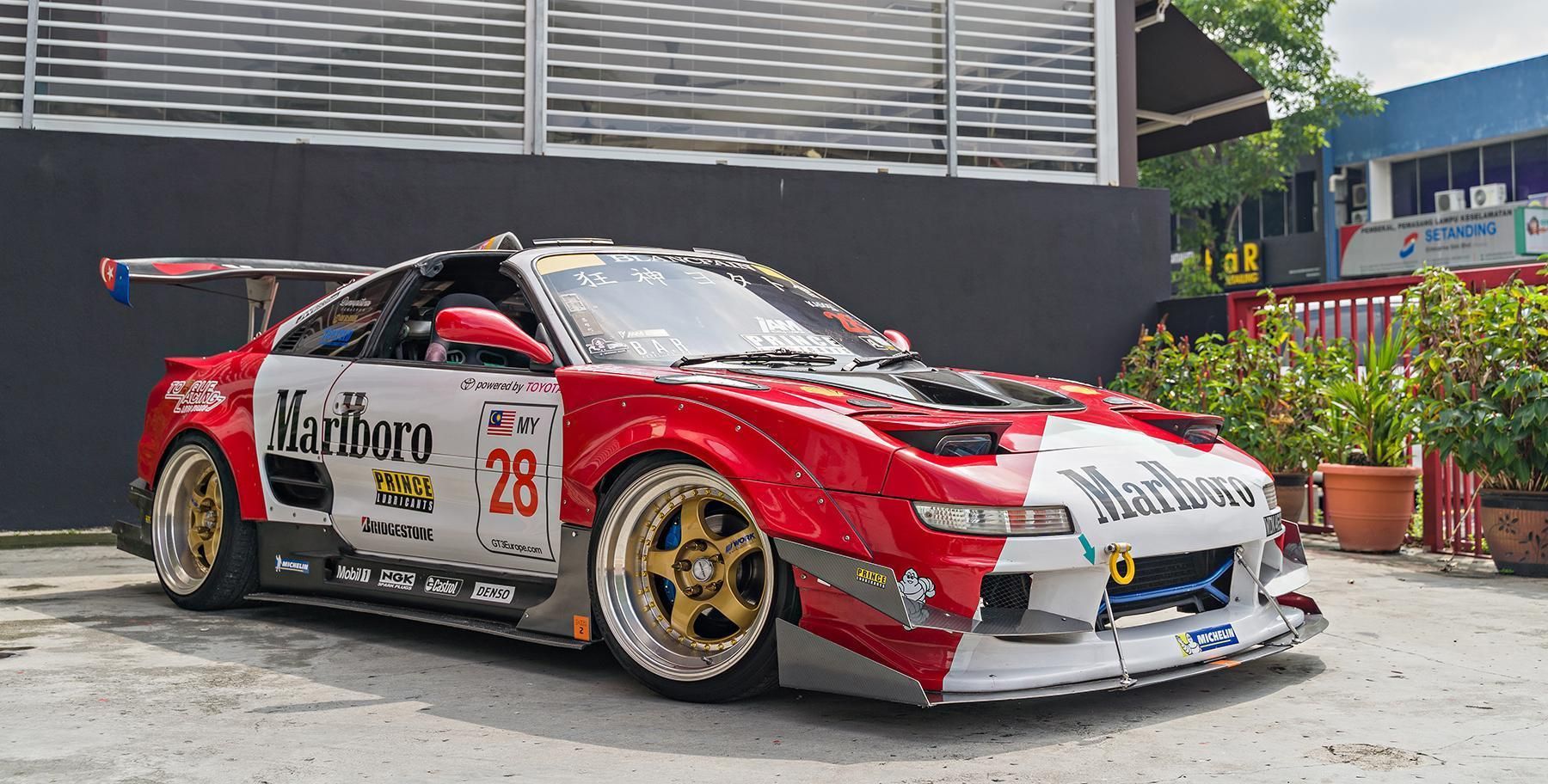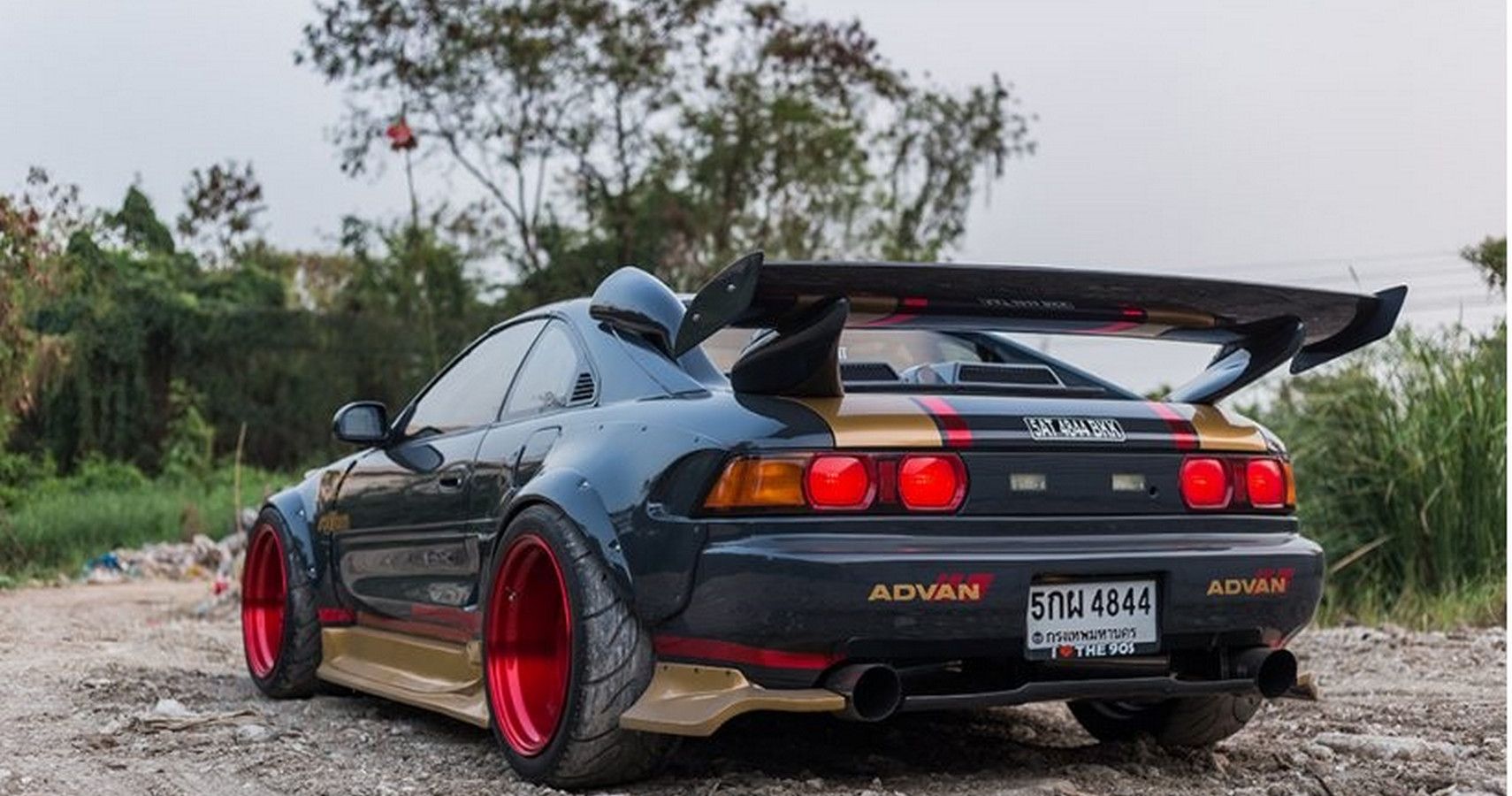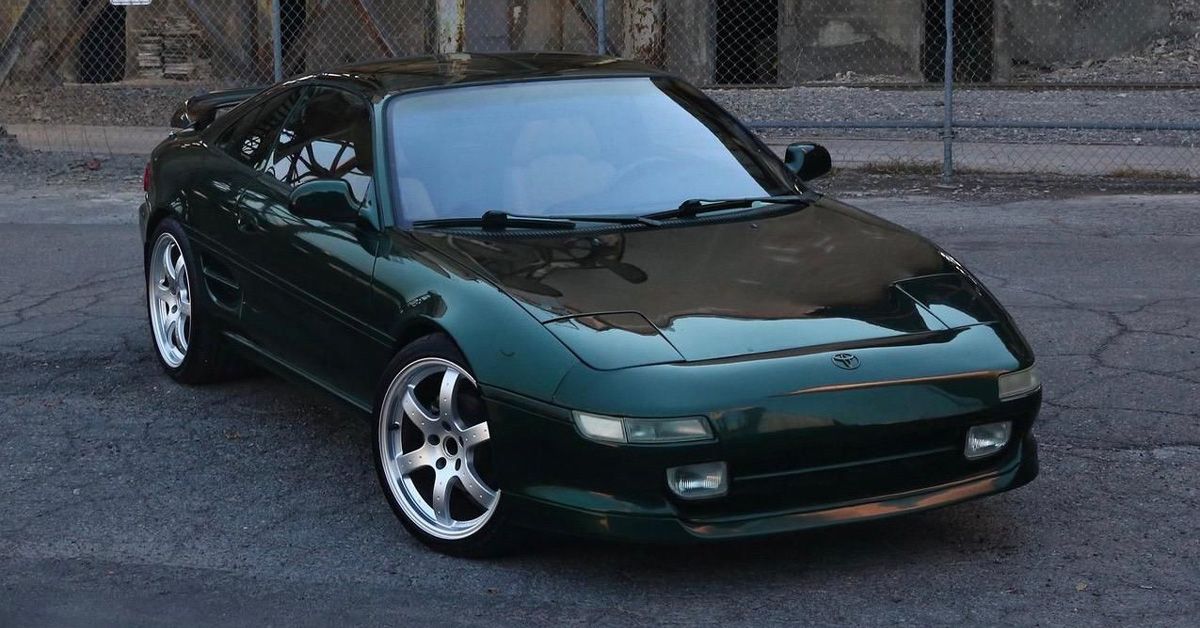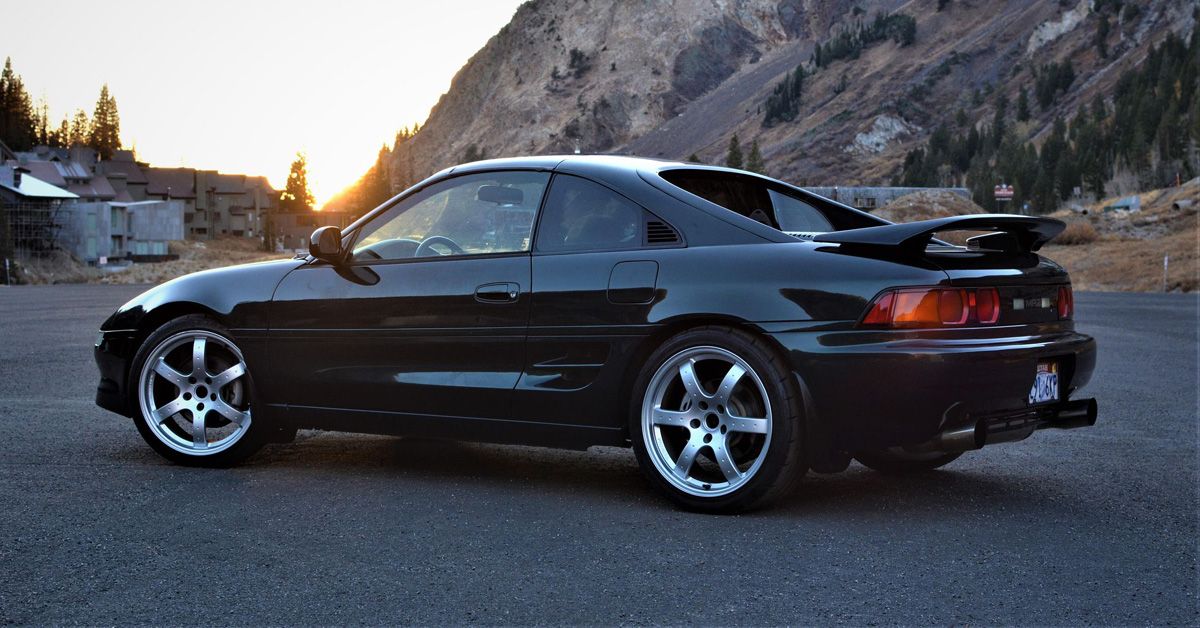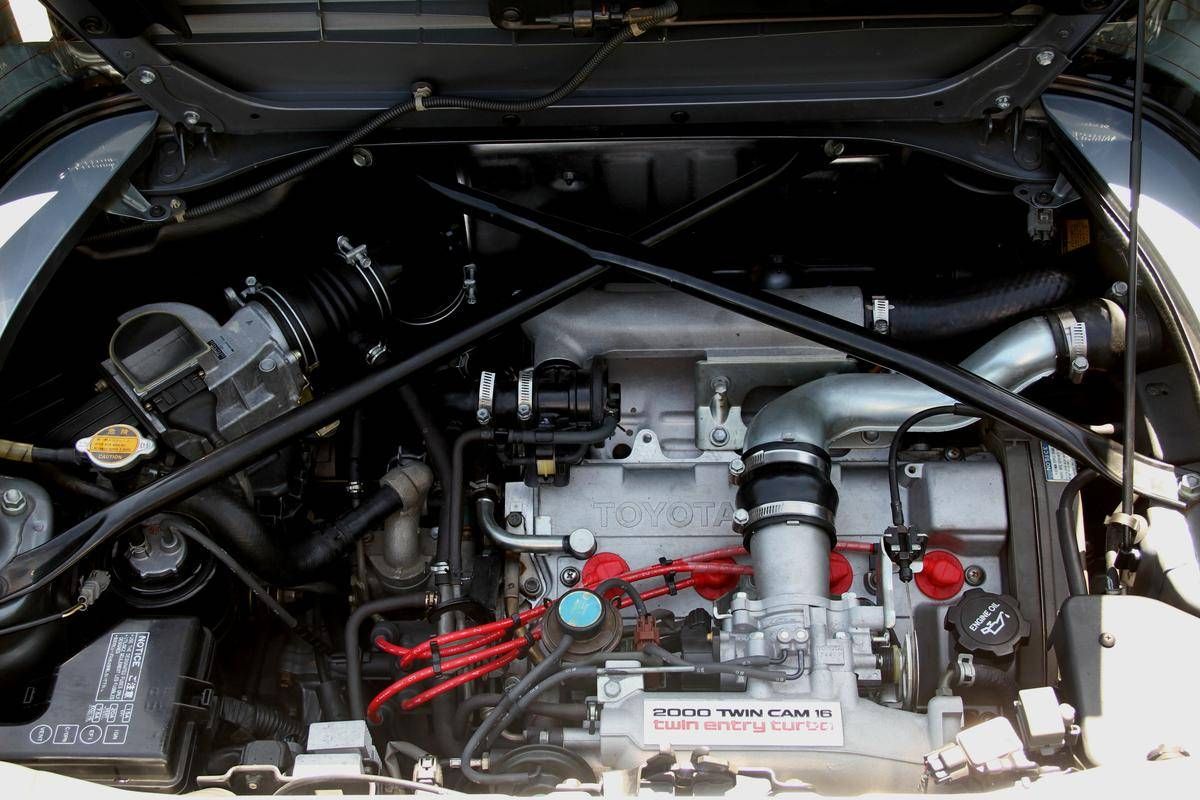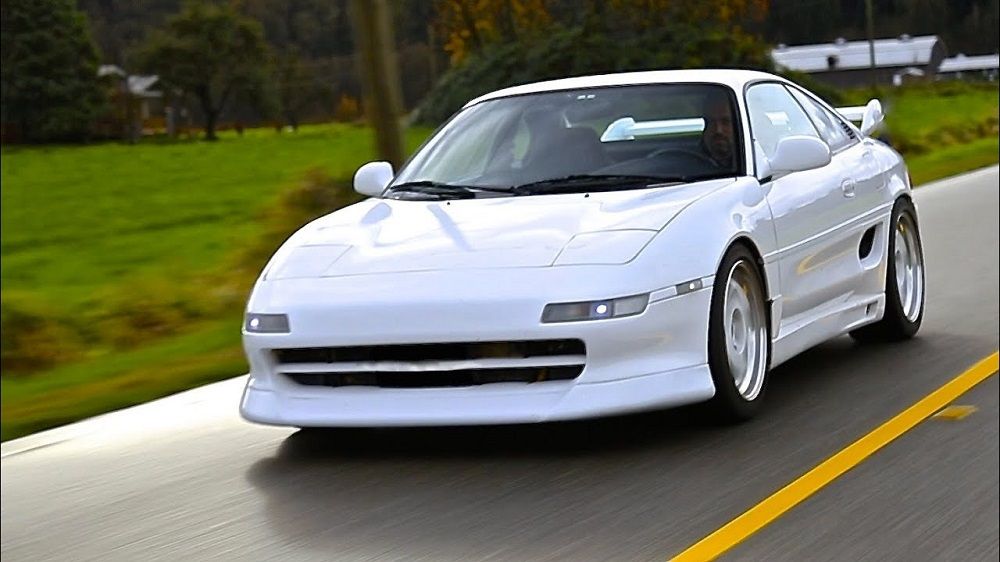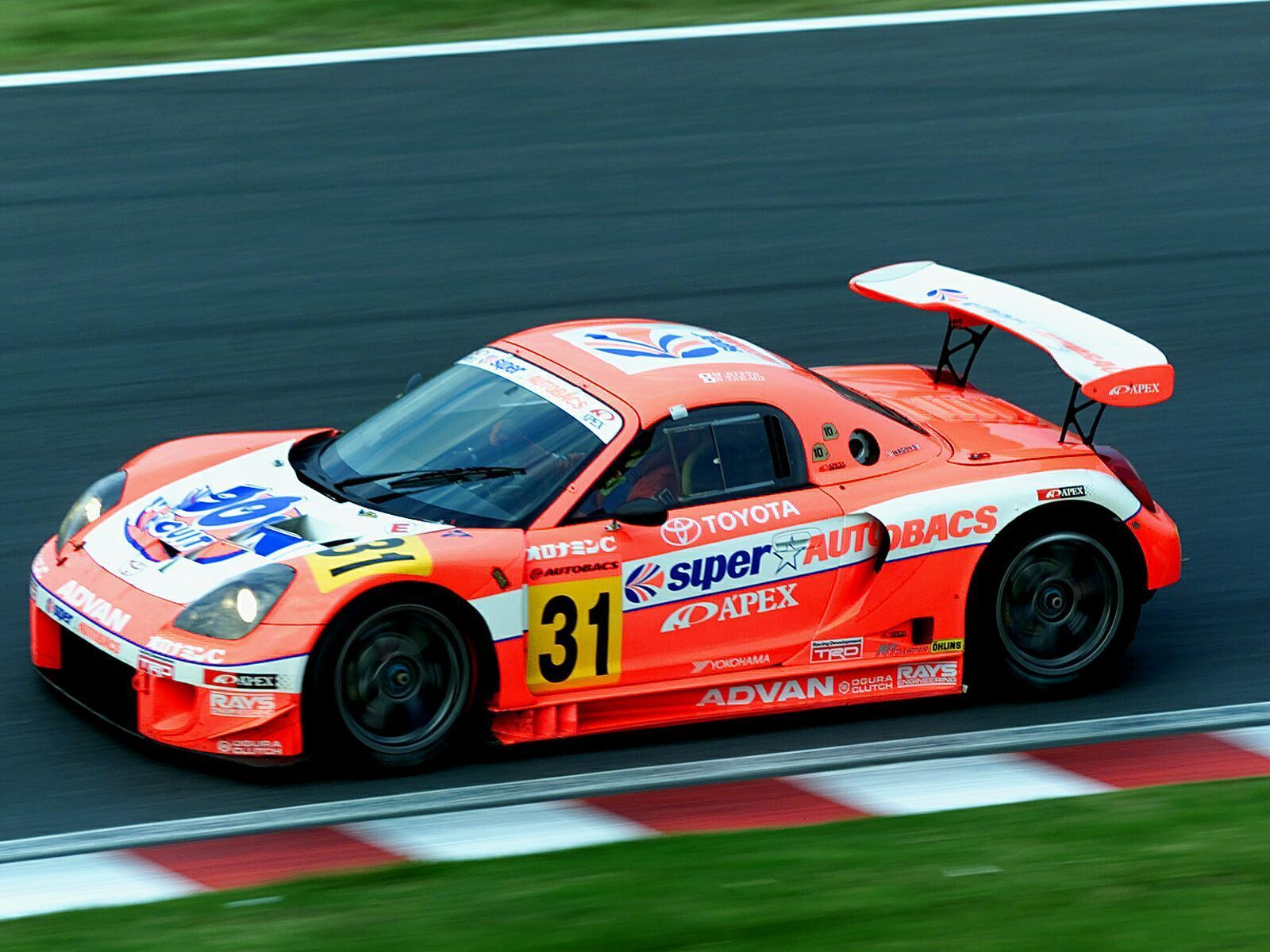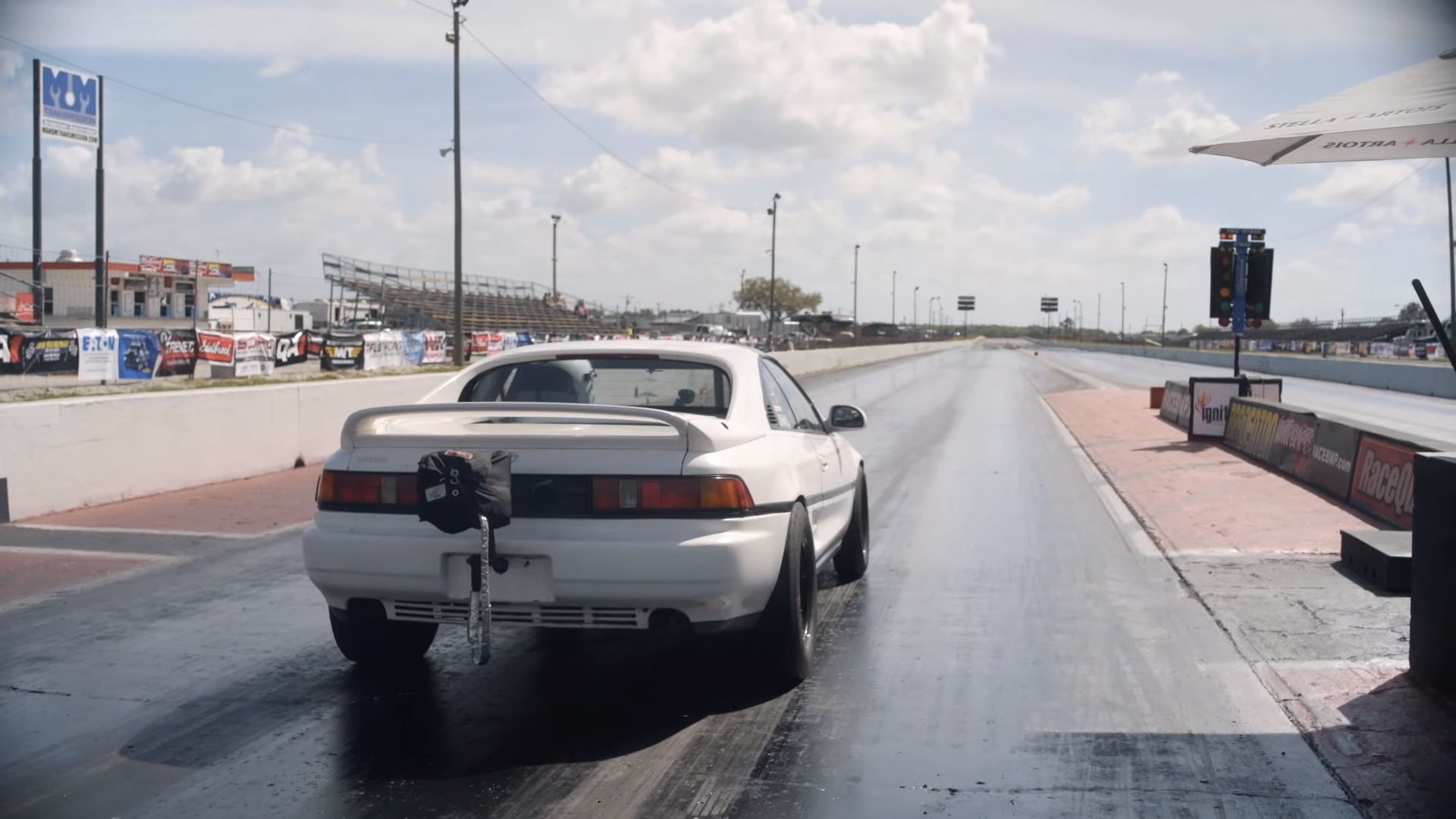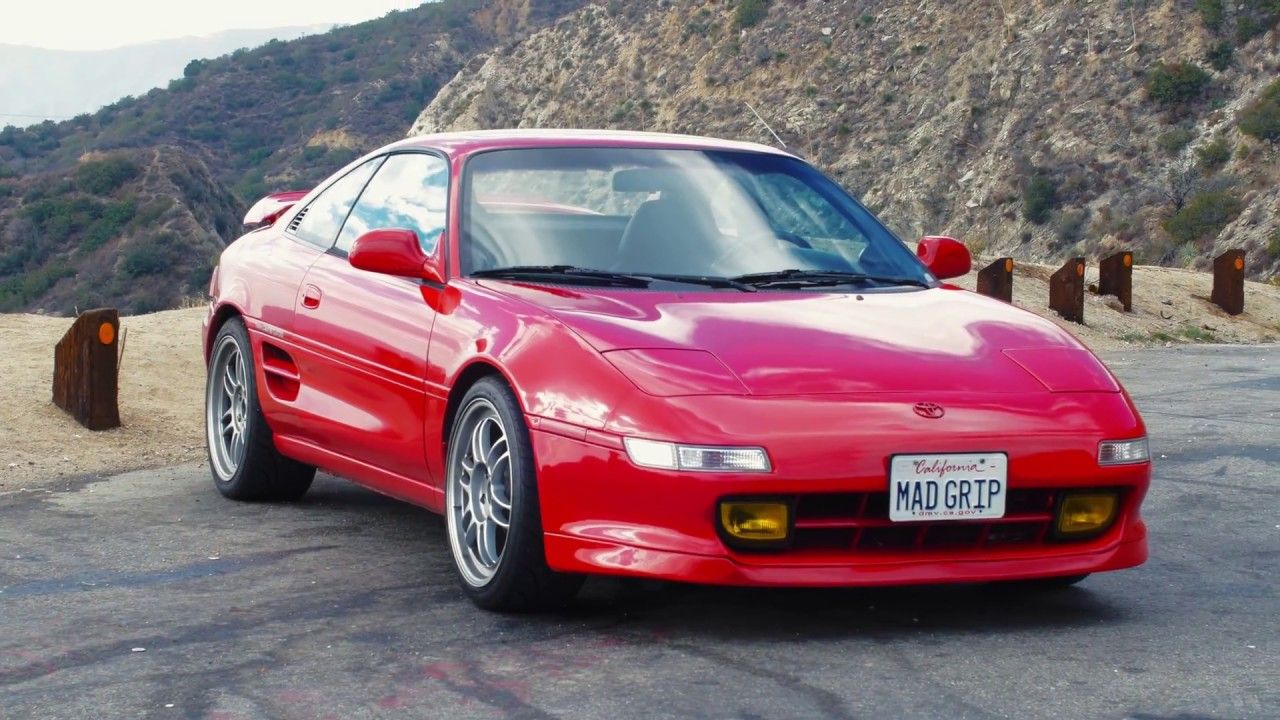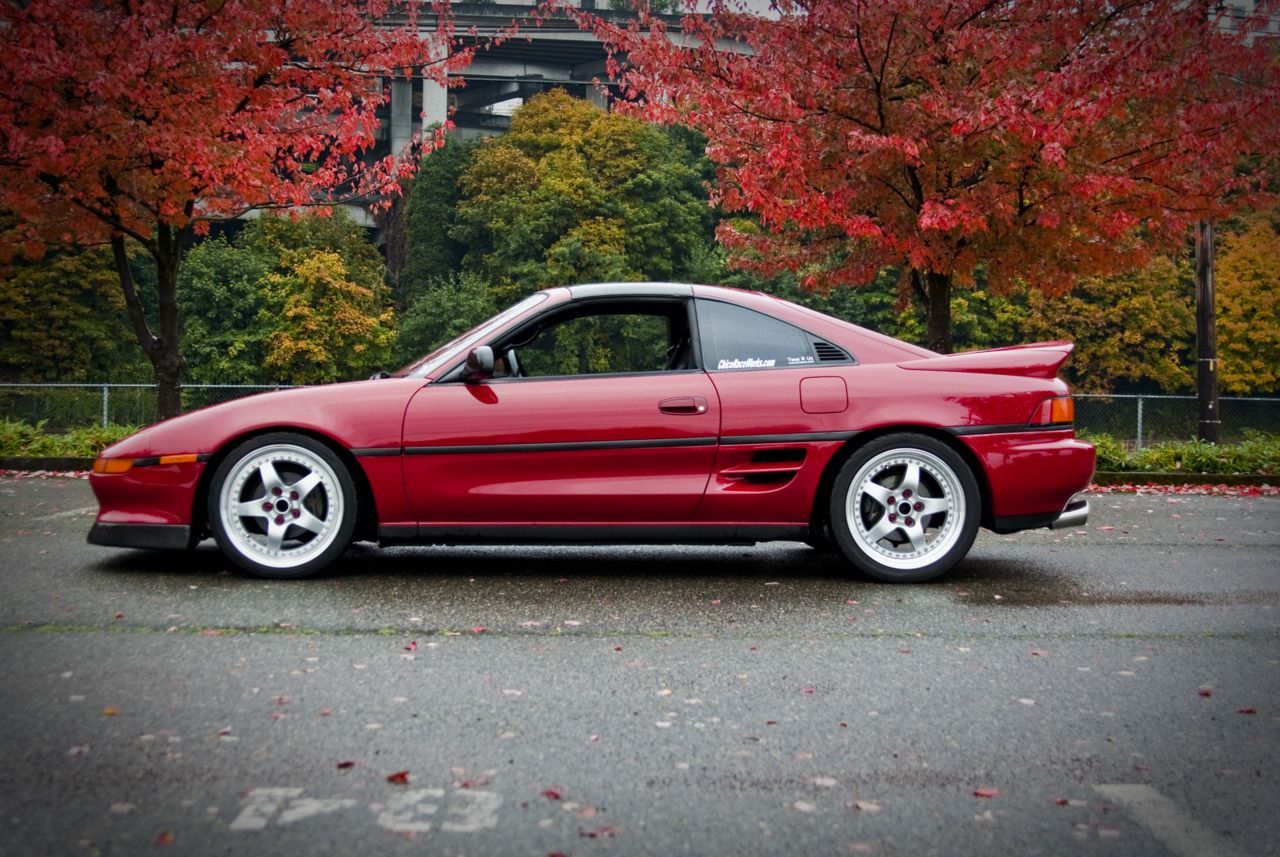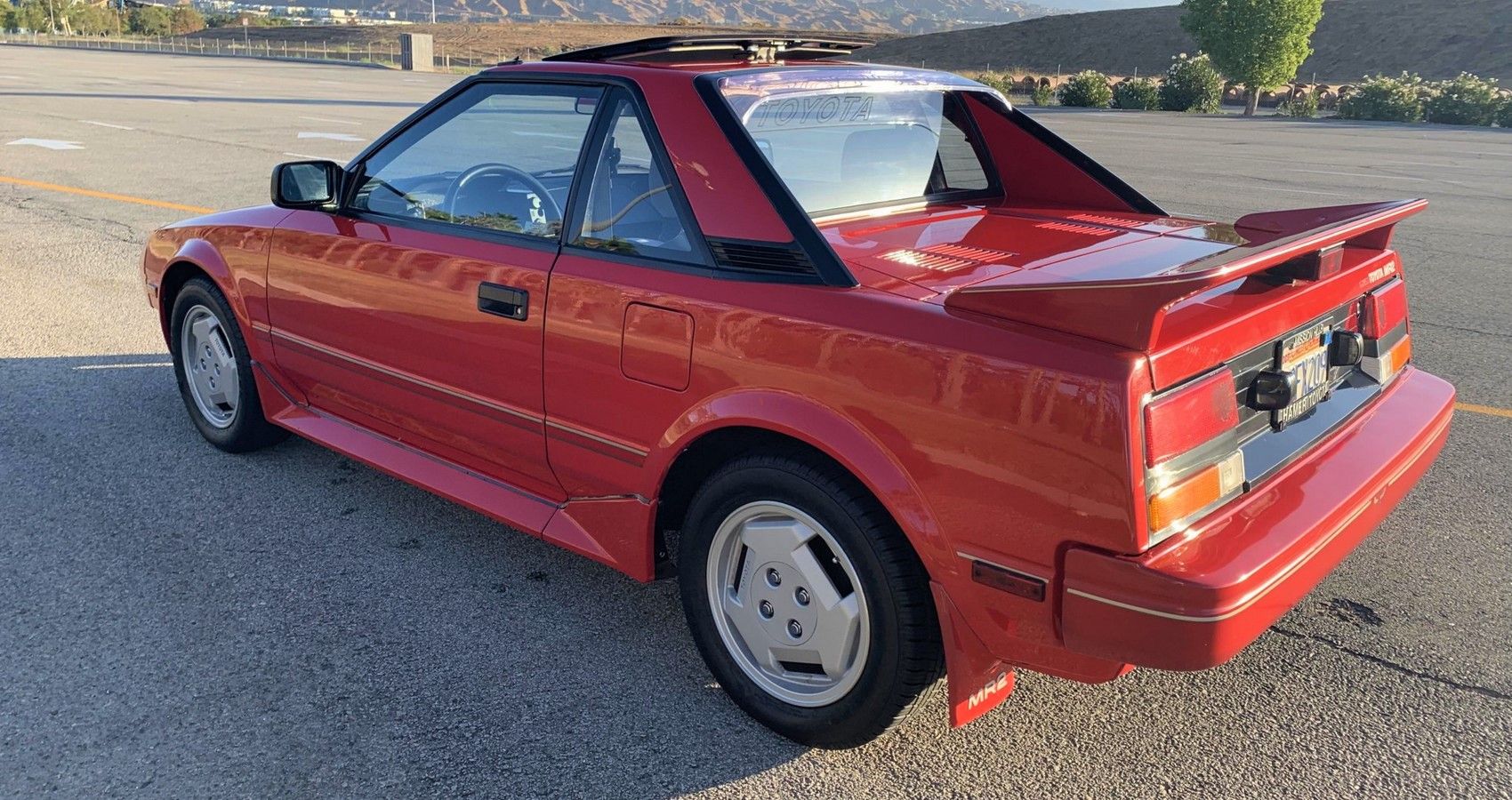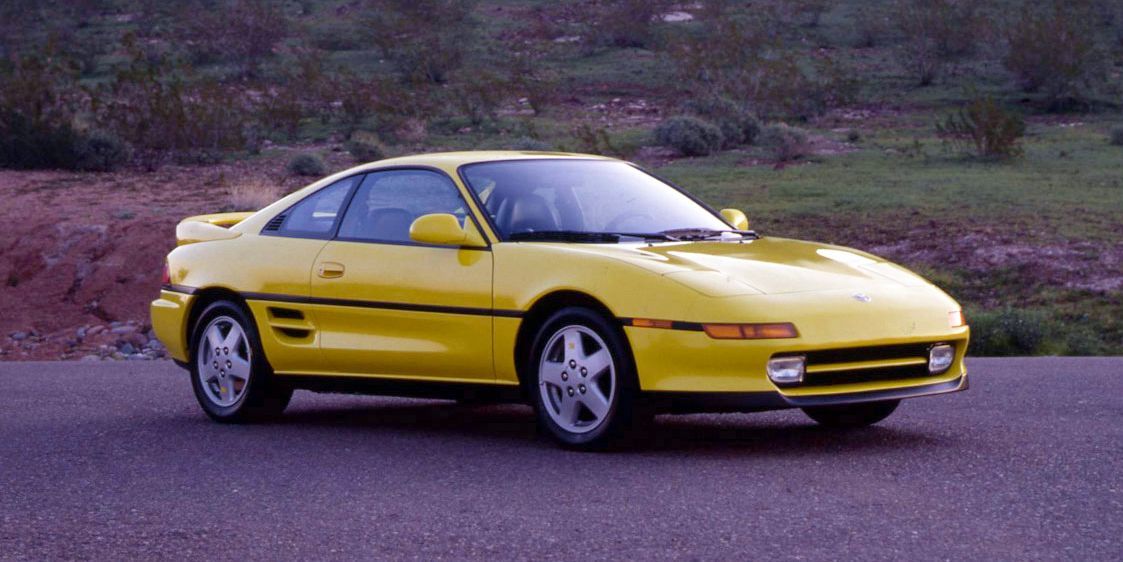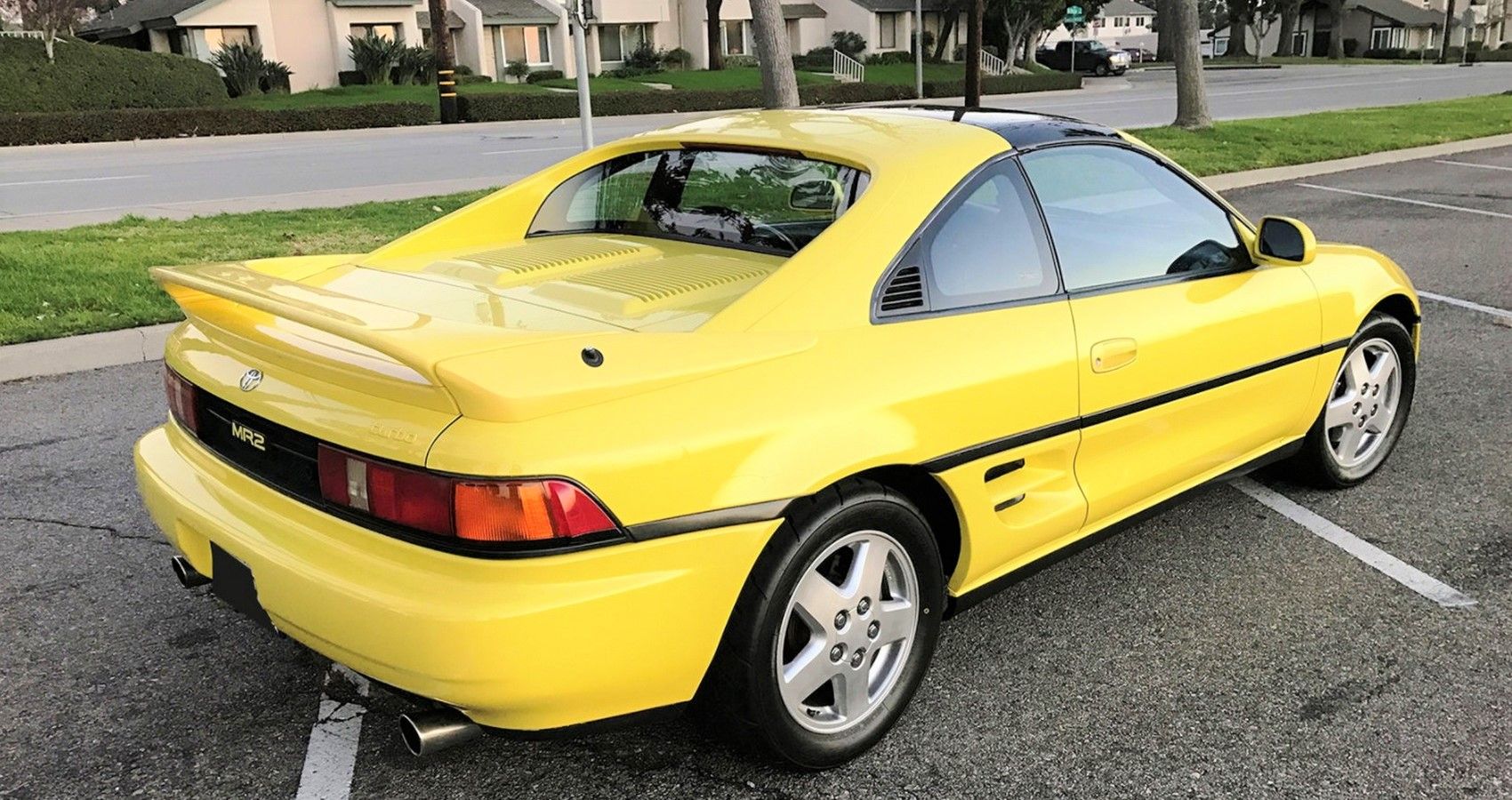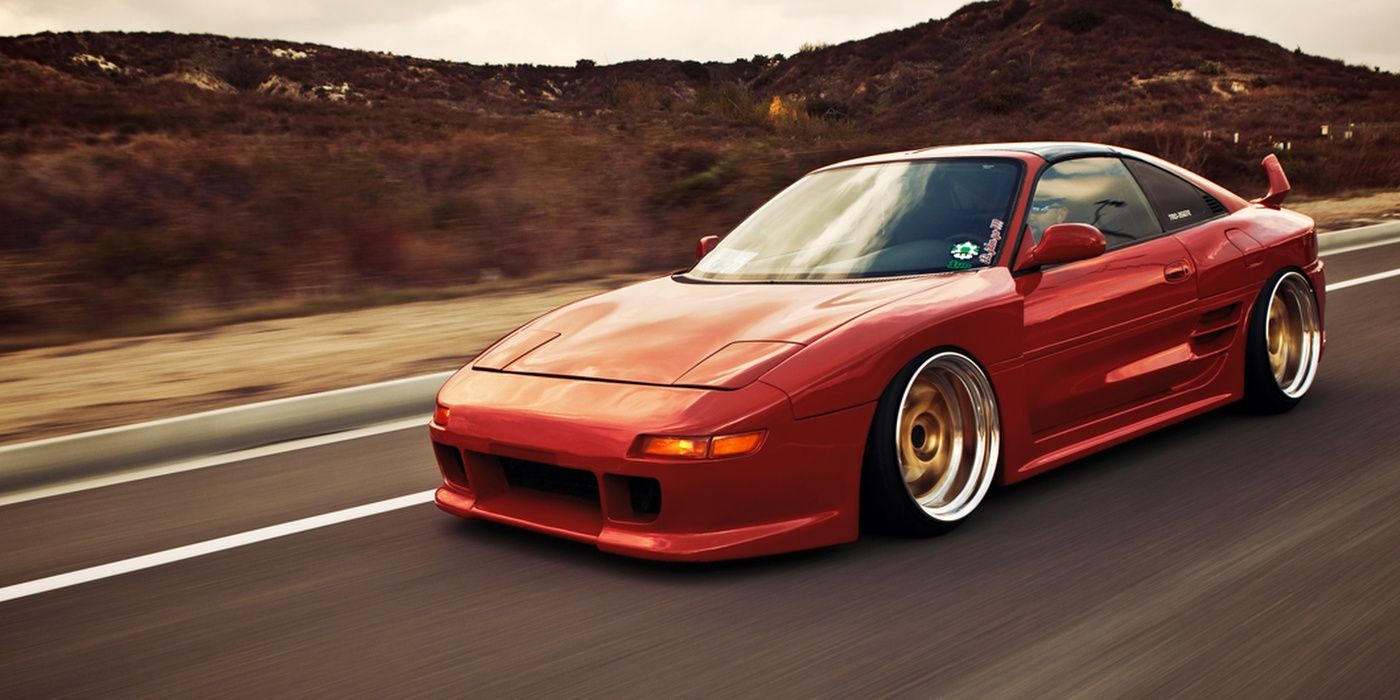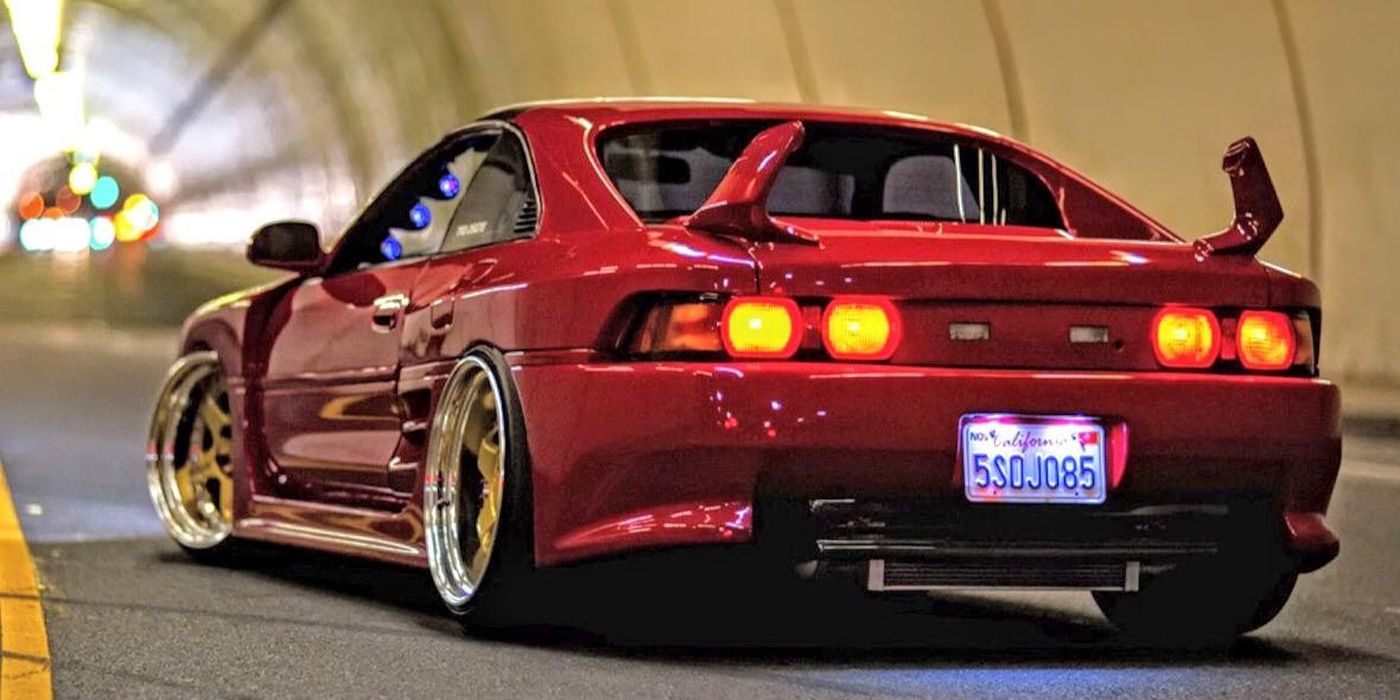The Toyota MR2 goes by several names in the auto industry; the 'Mid-ship Run-about 2-seater', the 'Mid-engine Rear-wheel-drive 2-seater', or 'Mister 2.' We might not land on the same page about the badge, but one thing we can agree is that it's one of the best sports cars Toyota has ever built. According to Toyota's production history, the Toyota MR2 started life as a design experiment that Akio Yoshida headed in 1979. The subsequent MR2 model that debuted in 1984 was unlike anything Toyota had built at the time, riding a fine line between cutting edge engineering and cutting production costs.
The MR2 was Toyota's take on the exotic, both in driving feel and looks, and the automaker did well to redesign and upgrade the model over the three generations. Surprisingly, the MR2 never cultivated a fiercely loyal following compared to other legendary Japanese models, despite sharing ingredients such as rear-wheel-drive, reliable small-displacement engine, playful five-speed, and low price with the iconic Mazda Miata. Nonetheless, JDM sports cars have since gained significant popularity over the last decade, and enthusiasts are coming back around to fish for great deals like the MR2. Considering the MR2 is steadily gaining the recognition it deserves, here are a few reasons why every gearhead should own one.
10 The Build Quality Of An MR2 Is Legendary
One of the most significant hallmarks of the MR2 is that it's a Toyota, and it benefits from a rich heritage of superior quality standards and engineering excellence. Toyota has built its fully-deserved reputation by delivering high reliability, outstanding engineering, and low maintenance vehicles.
Considering some of the longest-lasting cars on the market are Toyotas, it's no surprise that early MR2s that debuted in 1984 still run smoothly to date. The legendary build quality also means that MR2s rarely break down, and total ownership costs are within acceptable limits.
9 The MR2 Boasts A Timeless Design
The MR2 MK I's distinctive design was a significant part of why it got crowned as Japan's car of the year for both 1984 and 1985. Today, that timeless design echoes everything we love about the '80s trend; angular designs, T-roof, and best of all, the pop-up headlights.
The second-generation model, nicknamed the "poor man's Ferrari," ushered in a more refined and streamlined yet stylish design that resembled a scaled-down Italian supercar. Unfortunately, Toyota took a different approach from the MK II's wedge-styling, opting for a convertible Spyder design for the MR2 MK III that still evokes mixed opinions amongst loyalists to date.
8 An MR2 Is Remarkably Easy To Modify
Of what use is a great Japanese car if you can't modify it to make it your own, right? The tuning culture from the '90s made Japanese cars even more appealing, and the MR2 certainly caught the eye of tuners and Japanese aftermarket part producers.
As a result, the aftermarket is chock-full of modification options, from body kits to suspension upgrades, engine tuning kits, wheels, and interior parts. And since the MK II borrowed several design cues from Ferrari, gearheads have Ferrari body kit options that nod to the '80s and '90s designs.
7 Enjoy Everyday Practicality With An MR2
Realistically, a Toyota drivetrain should easily clock 100,000 to 200,000 plus miles with regular maintenance. Therefore, an MR2 is by default an incredibly reliable car with a low cost of ownership and minimal risk of breaking down. In addition, the excellent ride quality and comfort make it a joy to drive, although suspension and tire choice also form part of the equation.
The MR2 is as practical as any two-seat sports car, but the decent storage provided by the front storage compartment and the trunk is an added advantage. However, like every other sports car, the MR2 is a nightmare to drive in places that experience any significant amount of snow. And if you're a coffeeholic, the biggest drawback has to be the lack of cup holders in MK I and MK II models.
6 The Sweet Mid-Engine Of The MR2 Is Irresistible
The MR2 was Japan's first mid-engine sports car, and this design approach is the perfect recipe that Toyota relied on to deliver a fun driver's car. The MK I arrived with a 1.5-liter 3A economy engine, but most markets got the 1.6-liter 4A-GE, the performance-oriented variant previously fitted in the AE86. But if you're in the market for an enjoyable first-generation MR2, the most desirable engine is the supercharged 4A-GZE powertrain that Toyota delivered for the 1988 model year.
Besides the styling and handling upgrades in the second-generation MR2, Toyota also provided some remarkable engines within the same period. These include naturally aspirated options like the 2.2-liter 5S-FE, 2.0-liter 3S-FE, and 2.0-liter 3S-GE, and the irresistible turbocharged 2.0-liter 3S-GTE.
5 The MR2's Performance Is Supercar-Tier
The first-generation MR2s boast the memorable 4A-GZE powertrain, fitted with an intercooler and a small Roots-type supercharger that combine to deliver 145hp and 132lb-ft of torque. Despite the lofty expectations set by the supercharged engine, the turbocharged options that arrived with the MK II models arguably hit the performance sweet spot.
Models delivered to the U.S. accelerate to 60mph in 6.1 seconds, whereas Japanese spec MR2s make light work of 60mph in as little as 5.5 seconds. Even more impressive is the turbocharged 2.0-liter 3S-GTE fitted in stock Japanese GT-S turbo models, capable of clearing the quarter-mile in 13.1 seconds. These numbers are supercar-tier of the time, considering they rival the coveted Supra, Honda NSX, Mazda RX-7, and Ferrari 348 TB.
4 The MR2 Is A Classic JDM That Won't Break Your Budget
The global cult status, the tuning culture overspill from the 1990s, and the exciting action features in Hollywood films in the 2000s have undoubtedly made classic JDMs more popular in the last decade. However, add the increasing rarity into the mix, and the result is some seriously overpriced vehicles that most gearheads can't afford.
Fortunately, the MR2 is still worth all the hype, and the reasonable pricing for an MK I or MK II in excellent condition will not poke holes in your wallet. According to Hagerty's valuation, an MK I has an average value of $15,000, a base MK II will demand $13,000, while an MK II Turbo could go for as high as $20,000.
3 MR2 Spare Parts Are Easy To Find
Classic cars demand more care and attention than newer models, but regularly scheduled maintenance is the surest way to ensure these cars keep running for years. However, therein lies the challenge because some classic car parts become unavailable with time, depending on when the car was in production and whether the automaker is still willing to make the parts.
For MR2 owners, there's less headache for parts and accessories since Toyota runs an official online store, not forgetting the authorized dealers also available across the globe. Nonetheless, the only challenge with maintaining an MR2 remains the accessibility of the engine bay due to their unique body design.
2 The MK I and MK II Are Eligible For Importation
While the Japanese domestic market enjoyed several impressive engine choices, the U.S. market received toned-down powertrain options with notably lower output. Japan also received extra models such as the G-trims for the second-generation MR2, whereas North American options were limited to the base MR2 and the MR2 Turbo.
Additionally, special editions such as the 1988 Super Edition, the 1989 Special Edition, 1998 TRD 2000GT, and the 1996 TRD Technocraft MR Spider never made it to the U.S. But potential MR2 buyers can now cast a wider net because, as of 2021, all MK I and MK II models are legal to import under the 25-year import rule.
1 Prices For MR2s Are Going Up
One of the pros of owning a unique classic car is its potential to become a highly coveted collectible that could rise in value in the future. Although MR2s are currently not as overpriced as other classic JDM models, prices are set to skyrocket with the increasing demand in the market.
As a result, owning an MR2 today could prove to be an excellent investment in a future classic. There's no guarantee of how far up the prices could go, but the only sure thing is that an MR2 is a fun sports car to own and is possibly one of the cheapest mid-engine models on the current market.

